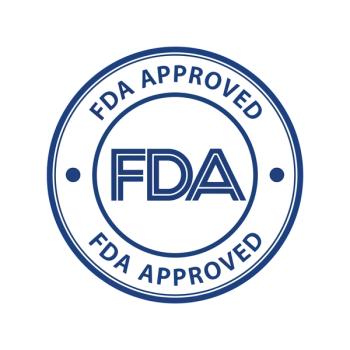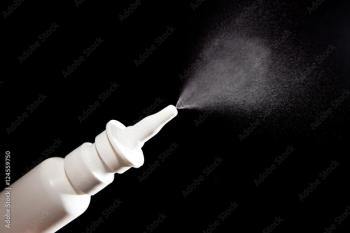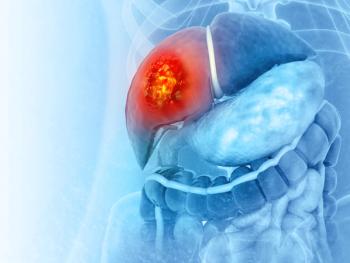
FDA Finalizes Hepatitis B Screening Guidance
FDA advises nucleic acid tests to screen for hepatitis B virus.
The FDA has finalized its guidance on donor screening by adding nucleic acid tests (NAT) to reduce the risk of hepatitis B virus (HBV), reported
It’s estimated that about 1.4 million people live with HBV, and although most adults will clear the virus, between 30% and 90% of children under 5-years-old will develop a chronic infection, according to the US Centers for Disease Control and Prevention.
To help curb the risk of HBV transmission from human cells, tissues, and cellular and tissue-based products (HCT/Ps), the FDA recommends that HCT/P establishments add NAT to their testing arsenal, because the new tests offer significant improvements in how early the virus can be detected.
“FDA-licensed HBV NAT can detect evidence of the viral infection at an earlier stage than the hepatitis B surface antigen (HBsAg) and total antibody to hepatitis B core antigen (anti-HBc tests),” stated the final guidance, as reported by RAPS. “Therefore, we recommend the use of FDA-licensed HBV NAT, in addition to the use of licensed HBsAg and total HBc Immunoglobulin G (IgB) and immunoglobulin M (IgM), for testing donors of HCT/Ps for evidence of infection with HBV.”
The FDA stated in the guidance that adding NATs to existing donor-screening methods is a necessity, since the disease is transmitted by blood transfusions more frequently than HCV or HIV, and has been documented to spread by tissue transplantation, according to RAPS.
Furthermore, the NATs offer a potential 40-day reduction in how soon the virus can be detected, compared with HBsAg tests, and are more likely to detect new mutations of the virus. The FDA reports that HCT/P facilities should begin screening with all 3 assay types (HBV NAT, HBsAg, and anti-HBc IgG/IgM) within the next 6 months, and only accept donors who test negative for
Newsletter
Stay informed on drug updates, treatment guidelines, and pharmacy practice trends—subscribe to Pharmacy Times for weekly clinical insights.













































































































































































































